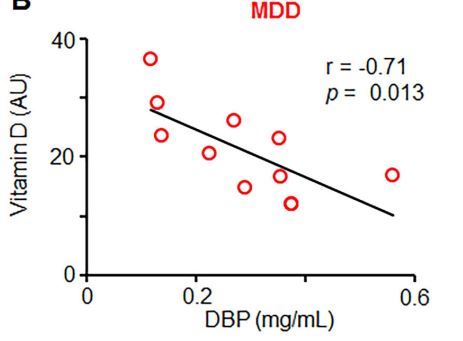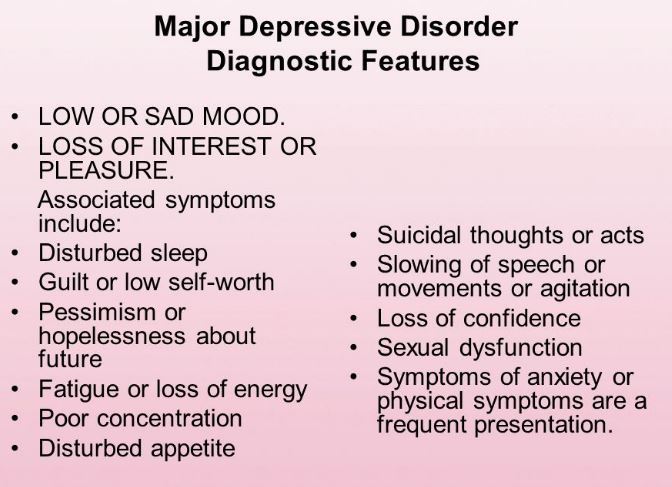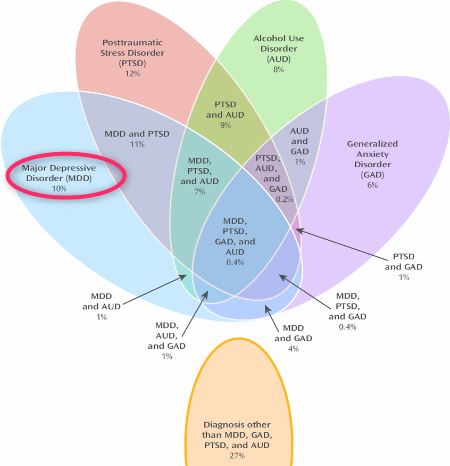Major depression associated with vitamin D Binding Protein in youths
Bipolar disorder in youth is associated with increased levels of vitamin D-binding protein.
Transl Psychiatry. 2018 Mar 13;8(1):61. doi: 10.1038/s41398-018-0109-7.
Petrov B1, Aldoori A1, James C2, Yang K1,3, Algorta GP4, Lee A1, Zhang L2, Lin T5, Awadhi RA6, Parquette JR5, Samogyi A2, Arnold LE7, Fristad MA7, Gracious B7,8, Ziouzenkova O9.
📄 Download the PDF from VitaminDWiki


Venn diagram (overlap) of MDD with PTSD, Alcohol Use Disorder and Anxiety

Genetic, dietary, and inflammatory factors contribute to the etiology of major mood disorders (MMD), thus impeding the identification of specific biomarkers to assist in diagnosis and treatment. We tested association of vitamin D and inflammatory markers in 36 adolescents with bipolar disorder (BD) and major depressive disorder (MDD) forms of MMD and without MMD (non-mood control). We also assessed the overall level of inflammation using a cell-based reporter assay for nuclear factor kappa-B (NFκB) activation and measuring antibodies to oxidized LDL. We found that these factors were similar between non-mood and MMD youth. To identify potential biomarkers, we developed a screening immunoprecipitation-sequencing approach based on inflammatory brain glia maturation factor beta (GMFβ). We discovered that a homolog of GMFβ in human plasma is vitamin D-binding protein (DBP) and validated this finding using immunoprecipitation with anti-DBP antibodies and mass spectrometry/sequencing analysis. We quantified DBP levels in participants by western blot. DBP levels in BD participants were significantly higher (136%) than in participants without MMD (100%). The increase in DBP levels in MDD participants (121.1%) was not statistically different from these groups. The DBP responds early to cellular damage by binding of structural proteins and activating inflammatory cells. A product of enzymatic cleavage of DBP has been described as macrophage-activating factor. Circulating DBP is comprised of heterogenous high and low molecular fractions that are only partially recognized by mono- and polyclonal ELISA and are not suitable for the quantitative comparison of DBP in non-mood and MDD participants.
Our data suggest DBP as a marker candidate of BD warranting its validation in a larger cohort of adolescent and adult MMD patients.
